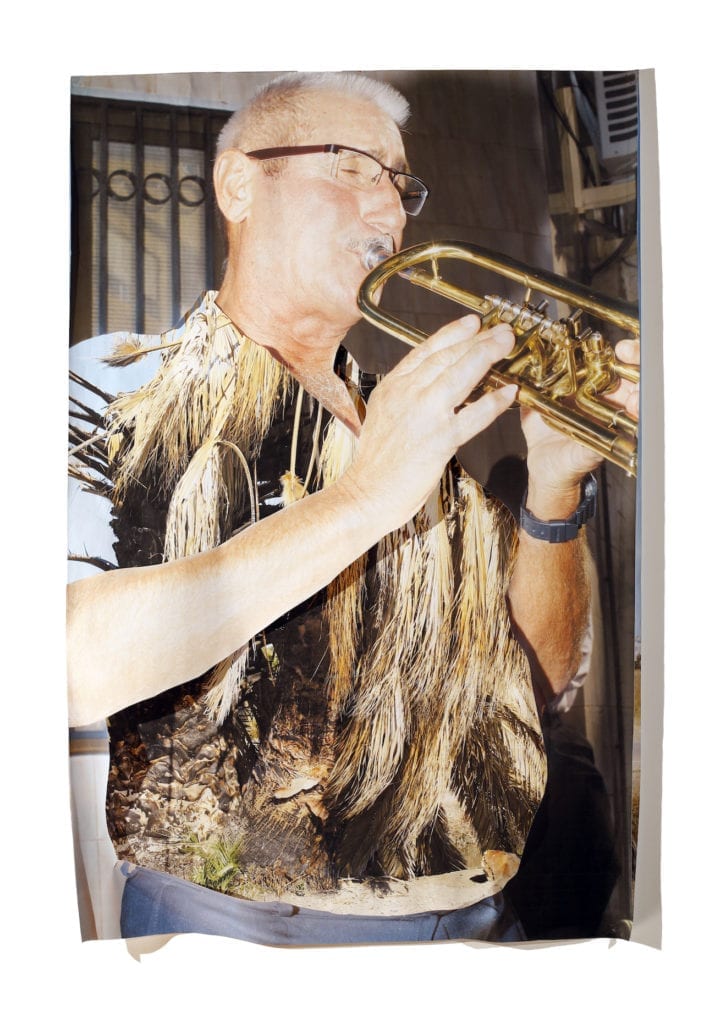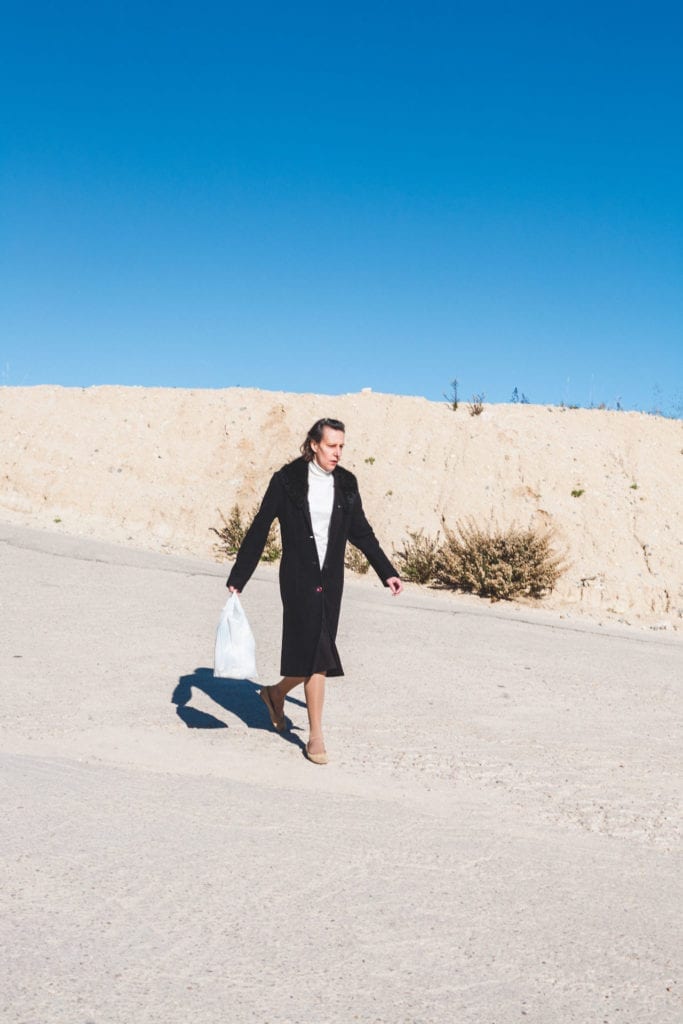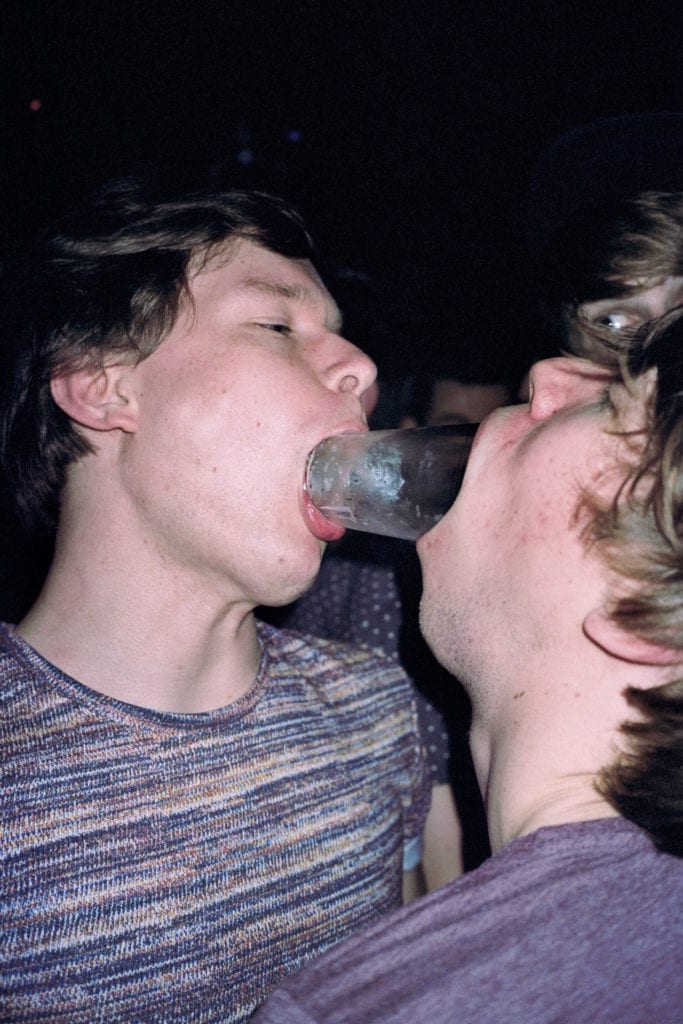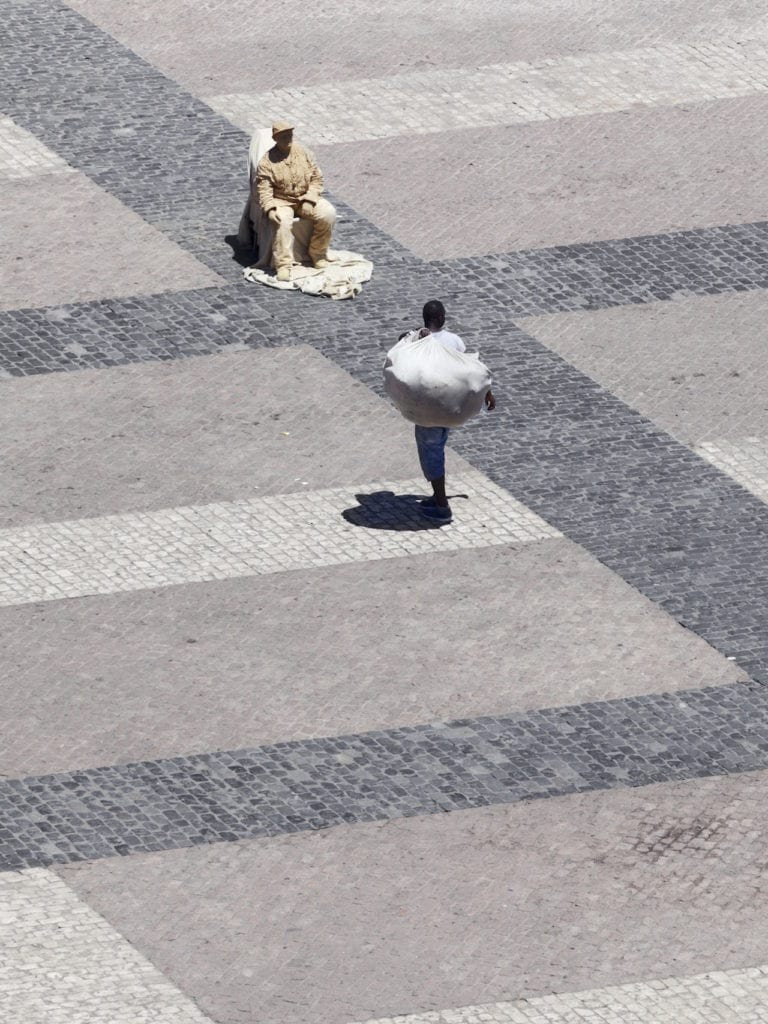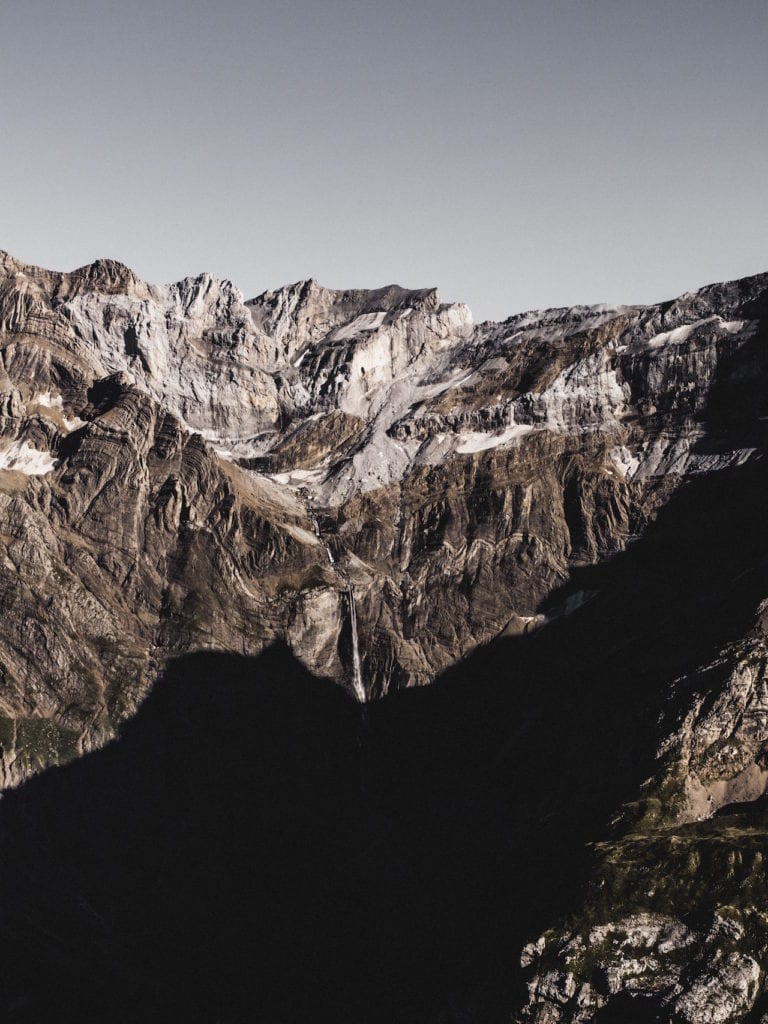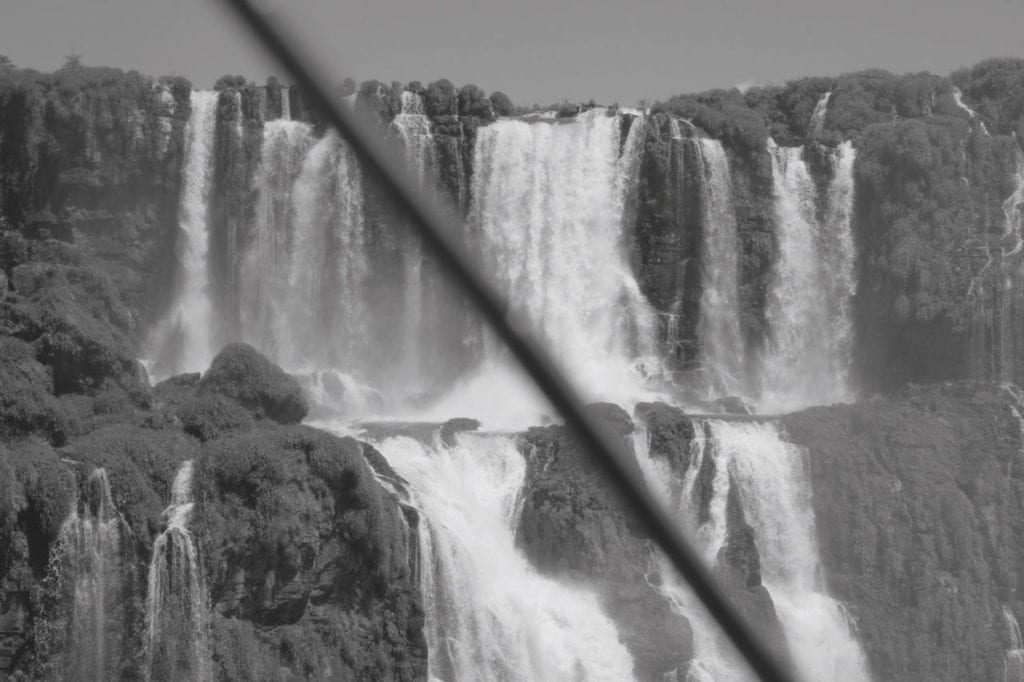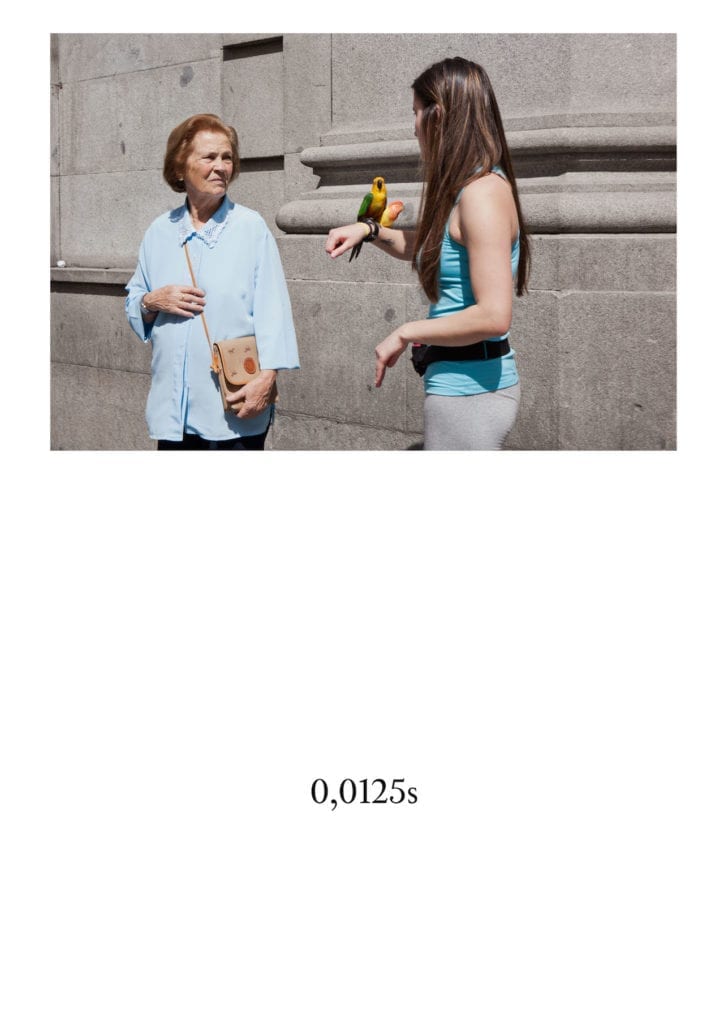Not since 1976 has a group show of Spanish photography been held at the Rencontres d’Arles. Back then, as research by scholar Enric Mira shows, the editor of the Spanish photo magazine Nueva Lente, Jorge Rueda, was tasked with producing an exhibition for Arles that would be “the first official international showcase of Spanish photography after the end of [General Franco’s] dictatorship”. It included a Catalan photographer, Joan Fontcuberta.
Forty years later Fontcuberta, now also a writer, curator, jury and always a trompe-l’oeil artist, thought it was about time the Spanish photo collective and school Blank Paper had a show in Arles. He entrusted Sonia Berger with curating it, and with submitting a proposal to Sam Stourdzé, the director of the Rencontres – it’s the first exhibition Berger has curated, but she founded Spain’s first online book distributor to specialise in photography, which then became the exquisite photobook publisher, Dalpine, whose first international hit was Oscar Monzón’s Karma.
The result, Blank Paper: Histoires du présent immédiat [Stories of the Immediate Present], which features recent work by Julián Barón, Ricardo Cases, Federico Clavarino, David Hornillos, Alejandro Marote, Óscar Monzón, Bernardita Morello, Miren Pastor, Michele Tagliaferri, Fosi Vegue and Antonio M. Xoubanova, opened this week at the offbeat Ground Control space in Arles. Images from the six-member collective are intertwined with those from teachers and alumni from the eponymous school.
Berger, who had a helping hand from Fontcuberta, Anna Planas and Pierre Hourquet (co-founders of Temple Galerie et Éditions in Paris) spent seven months “discussing, selecting, discarding, getting mad, making up”, with the Blank Paper photographers, as well as the design studio La Troupe and the architects Baquero+Iturbe. “It wasn’t easy to take a step back and gain perspective of their work,” says Berger. “After all, I have published photobooks by many of them.”
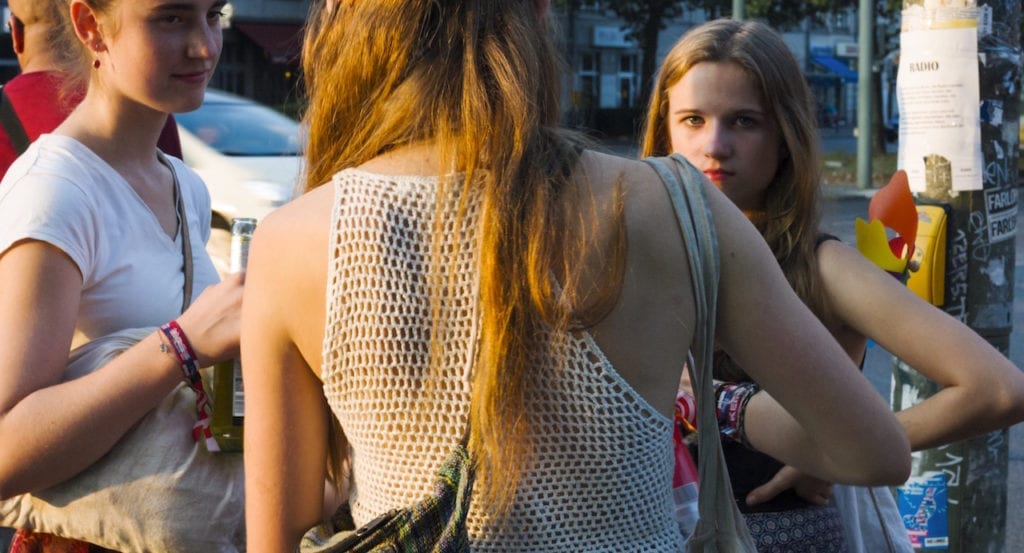
“Fontuberta wanted to make a show about Blank Paper, not just as a group of photographers, but as a movement, including the school and everything that has grown around it,” she adds. “They haven’t done collective work [such as a photographic mission], but their most important child is the school. They have worked, since the beginning of the century, as a community, and have had numerous offsprings or spin-offs, such as Dalpine, Book in Progress, La Troupe, FotoAplauso, BookJockey, Fiebre, MOB, and so on.”
For all those involved, the opportunity to show at Arles was key. “While we have the feeling, in Spain, that Spanish photography is present abroad, in France it is not that well-known,” says Berger. “This [exhibition] is pertinent – I believe that there is a need to showcase Spanish photography abroad.”
The title, Stories of the Immediate Present, was chosen “to imply a sense of urgency” and to put the focus on the photographic projects, rather than a historical evaluation or review of Blank Paper. “To me, it was important to focus on what the authors are working on now,” says Berger. “It is true that the history of Blank Paper so far has not been told, but I believe it is not up to me to do that.”
Berger says the exhibition has been conceived as “a homage to the way Blank Paper photographers work, their influences and the possibilities of the photobook format, as first laid out by Horacio Fernández, Martin Parr, Gerry Badger, and so on”. That is why, at the end of the exhibition room, there’s a 26-feet long table where all photobooks published by the exhibited authors are displayed in a chronological order, from Ricardo Cases’ first book, Belleza de barrio, to Óscar Monzón’s latest publication, Éxtasis.
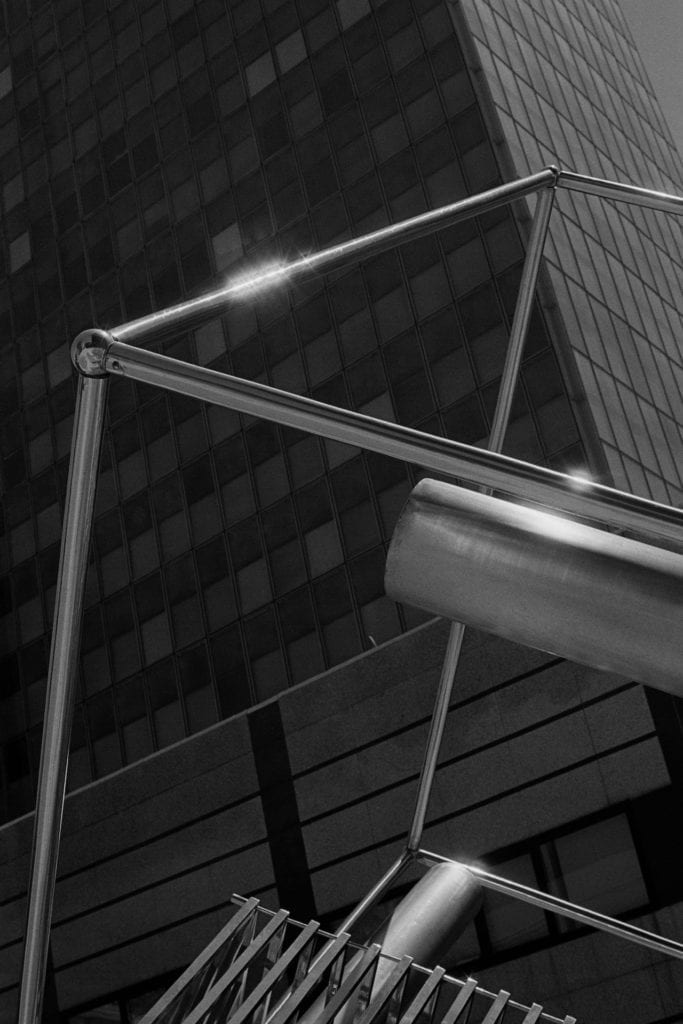
Putting the focus on the work, and especially the contemporary work, wasn’t easy, says Berger – particularly the projects that are still in progress, and which may still transform in future. In addition, Berger points out, both she and the Blank Paper photographers are more used to working with photobooks than exhibitions. “Their first impulse when thinking of an output for their photographs is to come up with a narrative and a presentation for a photobook,” she says. “Suddenly, you have projects which are being shown for the first time in this exhibition.”
The show features walls in its centre, which form intersecting panels throughout the exhibition, and I wonder why Berger and her collaborators chose to make them. As Berger explains, it’s all about playful connection. “The starting point was an idea by Antonio Xoubanova and a reference to Italian designer Enzo Mari, author of The Fable Game,” she says. “It is a children’s book which features cards that you can take out of the book and mix in different ways. So you play by creating infinite story combinations. That was our inspiration.”
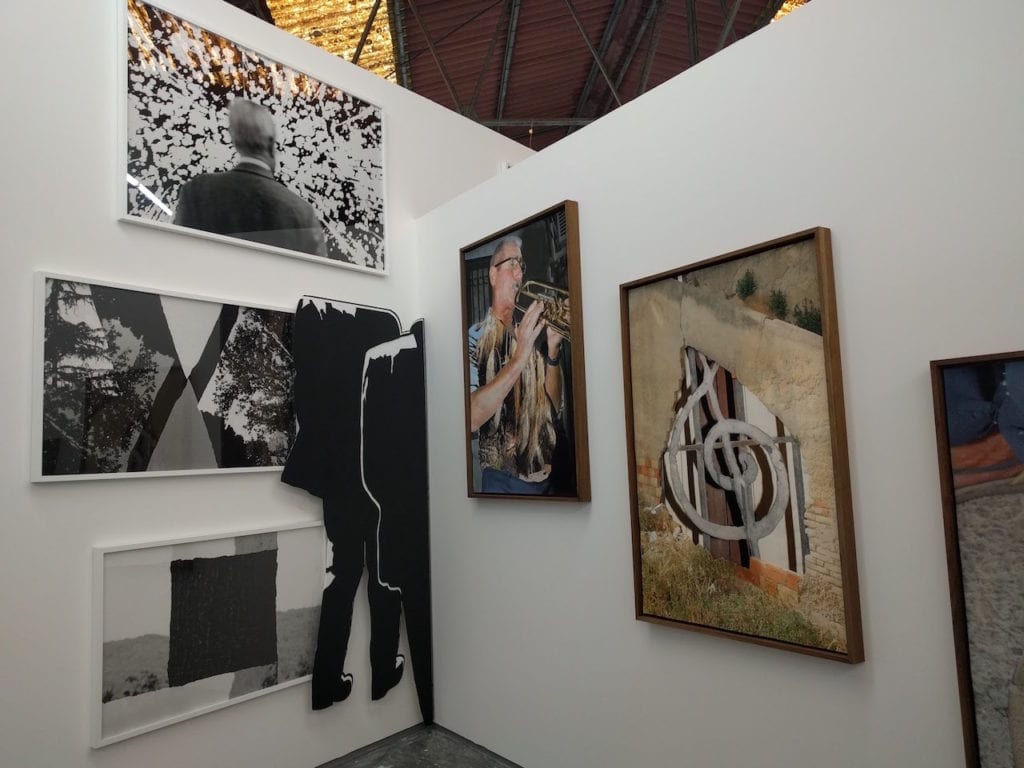
Plus, she adds, this design also reflects the way the Blank Paper members and their fellow travellers work. “After all these years, they keep showing their images to each other and commenting on the direction their project is going,” says Berger. “Even if Blank Paper photographers mainly work on an individual projects, there are always traces of the collective in each work, precisely because of the way they share their ongoing projects…We have chosen to show images at different heights in the murals to allow visitors to realise the influences that are played out.”
Even so, as Berger points out, each photographer has a distinctive style, and that’s also made clear in this exhibition. “Ten years ago, you could hear talk of a ‘Blank Paper style’,” she says, “but this show is also a vindication of each photographer’s personal signature and visual language.”
The exhibition also includes some interesting new directions for a school formerly known for its photobook output – Michele Tagliaferri is showing video projections in his section, for example, alongside with frames extracted from the 4K footage, in a bid to “reinforce the contrast between the moving and the still image”. Another video projection by Julián Barón features “a recorded street performance in Lima (Perú) related to his Memorial project, which mixes workshops, the Yuyachkani theatre ensemble, conflict archives and image dissemination on public walls”.
Alejandro Marote is showing work rooted in his A series, which he made some time ago – his current project is based on the archive of images he produced during a five-year span, explains Berger. “Once he thought he had completed a body of work, he stopped adding new images and he is now revisiting that series. This involves starting from the original negative and creating a photo-based piece with different materials, such as wood.”
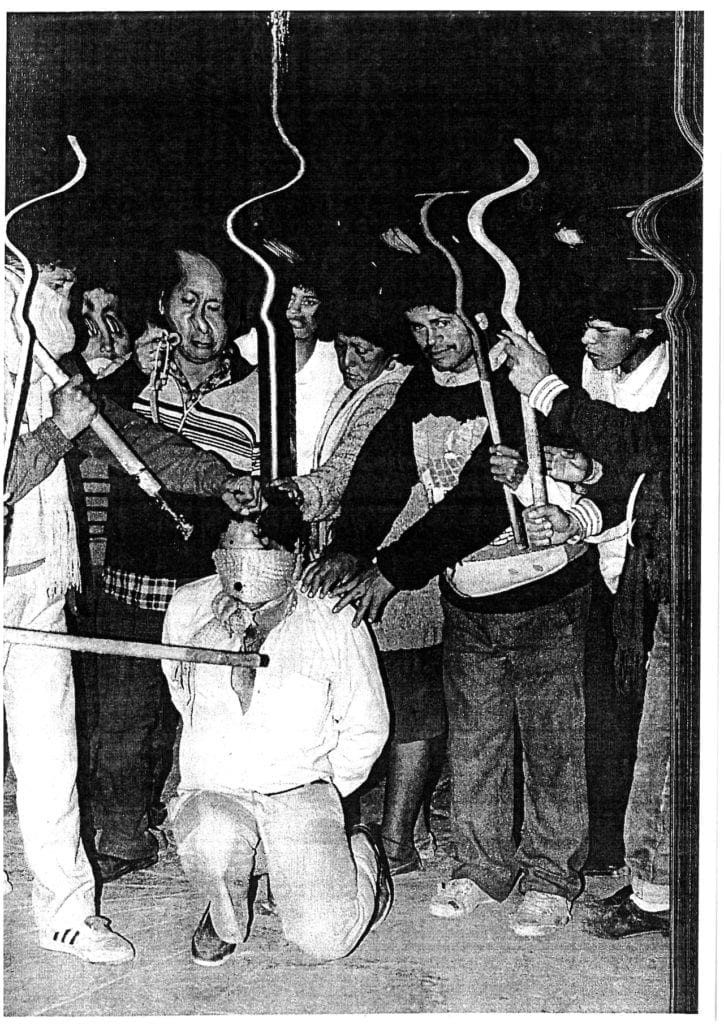
Given the collective nature of the Blank Paper endeavour and the show, it’s tempting to try to tease out underlying themes – we find isolation, naturalistic as well as abstract images, and a sort of poetic anthropology at play; the visual treatment suggests a form of alienation in urban scenes and also a microscopic, or microeconomic, view of the surroundings. “It would be hard to establish a line of interpretation,” says Berger.
“In general, you can see the human condition and the difficulties that a person has when connecting with his peers and relating to the world. You see the faults in society and the lack of a horizon to look up to.”
“From an emotional point of view, these projects are not difficult to connect with, but they are demanding,” Berger continues. “One thing they have in common is that they reflect everyday life, not by necessarily unveiling a previously unknown reality, but by presenting environments, elements, sensations that we identify as familiar, but from a novel perspective. And the resulting narrative sounds familiar and is demanding at the same time.
It’s an exciting, heavyweight endeavour, and you might hope the exhibition would be seen in Madrid, where the Blank Paper collective and school were founded. Sadly it hasn’t found a venue so far. Instead the exhibition will travel to China, as part of a selection of this year’s Rencontres d’Arles, and then to the Centre de la Virreina in Barcelona, which co-produced the show, in Barcelona. Berger hopes an exhibition catalogue will be published by then.
www.rencontres-arles.com www.blankpaper.es/en www.dalpine.com
